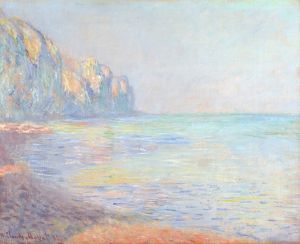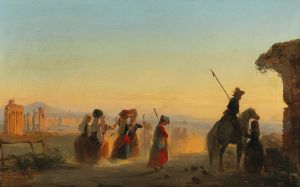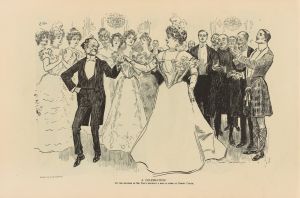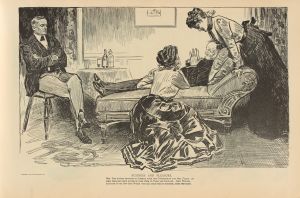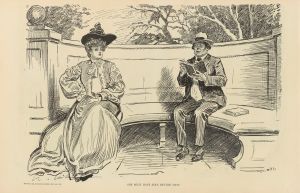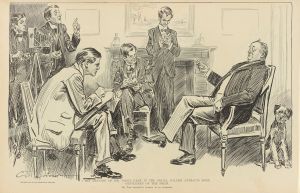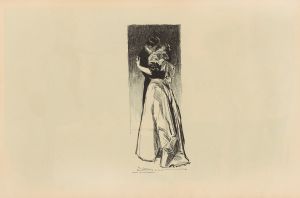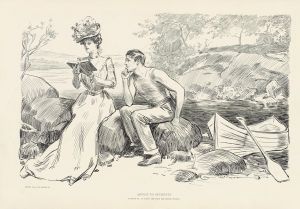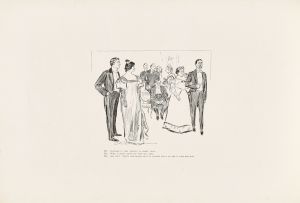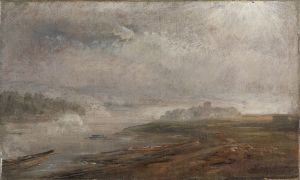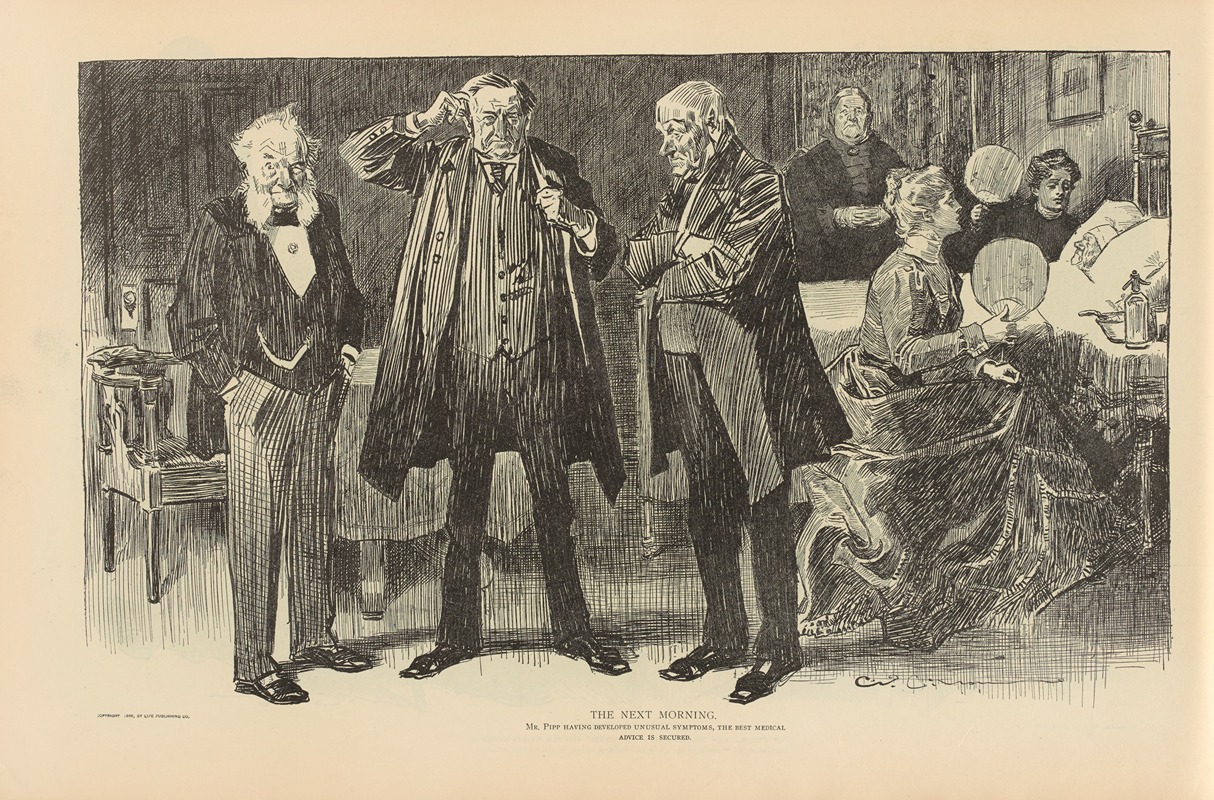
The next morning
A hand-painted replica of Charles Dana Gibson’s masterpiece The next morning, meticulously crafted by professional artists to capture the true essence of the original. Each piece is created with museum-quality canvas and rare mineral pigments, carefully painted by experienced artists with delicate brushstrokes and rich, layered colors to perfectly recreate the texture of the original artwork. Unlike machine-printed reproductions, this hand-painted version brings the painting to life, infused with the artist’s emotions and skill in every stroke. Whether for personal collection or home decoration, it instantly elevates the artistic atmosphere of any space.
Charles Dana Gibson was an influential American illustrator, best known for his creation of the "Gibson Girl," a representation of the idealized American woman at the turn of the 20th century. His work captured the spirit of the era and had a significant impact on American culture and fashion. Among his numerous illustrations, "The Next Morning" is one of his notable works, although specific details about this particular piece are not as widely documented as some of his other creations.
Gibson was born on September 14, 1867, in Roxbury, Massachusetts. He studied at the Art Students League in New York City, where he honed his skills in illustration. His career took off in the 1890s when his drawings began appearing in popular magazines such as Life, Harper's Weekly, and Scribner's. The "Gibson Girl" became a cultural phenomenon, symbolizing the independent and fashionable woman of the time.
"The Next Morning" is an illustration that reflects Gibson's keen eye for detail and his ability to capture the nuances of social situations. While specific information about the context or publication of "The Next Morning" is limited, it is consistent with Gibson's style, which often depicted scenes of upper-class society with a touch of humor and satire. His illustrations frequently explored themes of romance, social dynamics, and the roles of men and women.
Gibson's work was characterized by its clean lines and elegant compositions. He had a talent for capturing expressions and body language, which brought his characters to life and made his illustrations relatable to the audience. His ability to convey complex emotions and social commentary through simple black-and-white drawings was a testament to his skill as an artist.
Throughout his career, Gibson's illustrations were widely published and admired, influencing not only the art world but also fashion and popular culture. The "Gibson Girl" became a standard of beauty and style, inspiring fashion trends and even influencing the way women were portrayed in other media.
In addition to his work as an illustrator, Gibson was also involved in other artistic endeavors. He served as the editor of Life magazine from 1918 to 1932 and was a member of the National Academy of Design. His contributions to the field of illustration were recognized during his lifetime, and his legacy continues to be celebrated today.
While "The Next Morning" may not be as extensively documented as some of Gibson's other works, it remains a part of his broader body of work that captures the essence of an era. Gibson's illustrations continue to be appreciated for their artistic merit and their reflection of early 20th-century American society.





